This week, Joe Biden lifted one of the many restraints placed on Ukraine in its war with Russia. The outgoing president has allowed Kyiv to use long-range US-made ATACMs missiles in the Russian region of Kursk, a part of which is currently held by Ukraine. Last night, Kyiv used these missiles to strike a large Russian weapons depot in the Bryansk region neighboring Kursk, suggesting Ukraine will also be able to use ATACMs on other Russian border regions.
Biden’s move is mainly intended to “send a message” to North Korea — which has sent 10,000 troops to aid Russia — and to thwart the Kremlin campaign to force Ukraine out of Kursk. Putin has amassed some 50,000 soldiers to take the 250 square miles of the region back before Trump starts his presidency and tries to make good on his pledge to end the war “on day one.” Losing Kursk would mean Zelensky losing his leverage in any negotiations.
Biden may believe that he is doing Ukraine a big favor with his ATACMs policy shift, but by limiting the missile systems to Kursk and the Russian border, he is repeating the same mistakes he’s made in the last 1,000 days of the full-scale war. He is once again imposing constraints on Ukraine’s ability to go for the win. As Kateryna Bohuslavska, a Ukrainian from war-torn Kharkiv, points out: “We can strike into Russia, but… only on Wednesday, after the rain, and when pigs fly. When will this nonsense end?”
She is not alone in questioning why Ukraine cannot strike deeper into Russia. Zelensky had spent months asking for permission to hit inside Russia’s border. Wars cannot be won, he has said, if your enemy has a safe haven. Zelensky’s “victory plan” points out the need for Ukraine to strike warehouses, airfields and supply routes far further inside Russia than the Kursk region. The same goes for Russian oil refineries, the biggest source of money for the Kremlin, or even energy infrastructure in response to Russian attacks on the Ukrainian power grid.
Kurt Volker, who was a special representative for Ukraine under Trump, points out that Ukraine has an inherent right of self-defense as the victim of aggression under the UN Charter. “Putin knew he was attacking Ukraine when he did it, and he should have been prepared for the consequences,” he says.
Biden is clearly afraid of escalation. Earlier this week, Putin threatened an “appropriate and tangible” response to the use of ATACMs. Today, he has updated Russia’s nuclear doctrine, stating that aggression by any non-nuclear state supported by a nuclear power will be seen as a joint attack on Russia.
Still, Putin’s bluff has been called many times before. In 2022, he warned that sending British Storm Shadow missiles to Ukraine would lead to Russia striking new targets in response. He did not act on this threat. Other Russian “red lines” on western tanks, F-16s and HIMARS rocket launchers have been crossed without nuclear consequences. Putin’s usual response is to strike yet more residential buildings in Ukraine.
Because of Biden’s escalation paralysis, it is Ukraine’s war effort that suffers. Jonathan Sweet, a former US military intelligence colonel, tells me that ATACMs won’t change the war’s course while they are limited to the Russian border regions. “If you can’t stop the flow of Russian soldiers and their tanks and their artillery into Ukraine, you’re never going to win the close fight,” he says. “You have to defeat them in Russia before they arrive, to strangle Russia’s ability to project such capabilities beyond its borders. And that’s the piece that’s missing right now.”
The problem for Zelensky is that if Biden continues to prevent Ukraine from fully using ATACMs missiles, it will be more difficult to win over Donald Trump. “Trump supports winning hands,” Colonel Sweet says. “Ukraine right now is not a winning hand. It is a hand that the Biden administration has invested billions of dollars in, but it’s not showing results towards winning.”
Zelensky has been busy in recent months making friends with Trump’s administration. The phrase now being used in Ukrainian circles is “peace through strength,” which is more in tune with Trump’s worldview. Kyiv has already agreed that the war must end next year, but as a condition it wants to enter the talks in a strong position. “In a weak position, there’s nothing to do at the negotiations. For us, victory is a strong Ukraine,” Zelensky said. As well as bolstering his position, to win Trump over he will have to show that it is Moscow, not Kyiv, standing in the way of a deal.
One of Trump’s frequent criticisms of Biden has been his poor record when it comes to deterring America’s enemies. There is hope in Ukrainian circles that Trump’s desire to improve America’s position here could end up benefiting Ukraine. This month, China supplied Russia with lethal drones for the first time. At least seventy long-range rocket and artillery systems have made the 4,000-mile journey from North Korea to the frontline in Ukraine. Iranian drones with new deadly thermobaric warheads bombard Ukrainians daily in record numbers. If Trump wants to project strength, he may end up cracking down on these states becoming more and more involved in the conflict.
Mike Waltz, Trump’s pick for national security advisor, has criticized Biden’s decision to lift restrictions on ATACMs on these grounds, saying it doesn’t stop North Korea’s or Iran’s involvement in the conflict. “President Trump is talking grand strategy here. How do we get both sides the table to end this war? Who is sitting at that table?” Waltz said. He added that Trump’s team will think of these broader strategic issues.
James Robbins, a veteran Russia watcher and fellow at the American Foreign Policy Council, tells me that for all the concern about Trump, the next President is unlikely to sell Ukraine out to Putin. The US has sent over $100 billion of direct aid to Ukraine, and giving Russia all it wants will make America look even weaker than after retreating from Afghanistan. “Trump will come in and not just make threats but carry them out,” says Robbins. “The point is you need that to deter the aggressor. If you present yourself as mild and conflict-averse, you’re not going to deter anybody. But Trump never presents himself that way. He always presents himself as tough and then he follows through on it.”
Even if Trump manages to strike a deal with Russia, the problems may come after the war is concluded. There is no reason to suggest, after Russia has previously violated peace treaties with Ukraine, that it will stick to any agreement. A ceasefire won’t last long if Ukraine is not allowed to strike deals with allies who could defend it should Putin come back to finish the job. “Putin may agree to a temporary armistice. It doesn’t mean that they’re giving up on their strategic objective, which is to reabsorb Ukraine into the Russian Empire,” says Robbins. “I don’t think that Russia is going to break the deal while Donald Trump is in office. That would be a huge mistake because Trump would just unleash hell on them. But, you know, Trump won’t last forever. Putin won’t last forever either, but I don’t think his successor will give up on this strategic design.”
This article was originally published on The Spectator’s UK website.



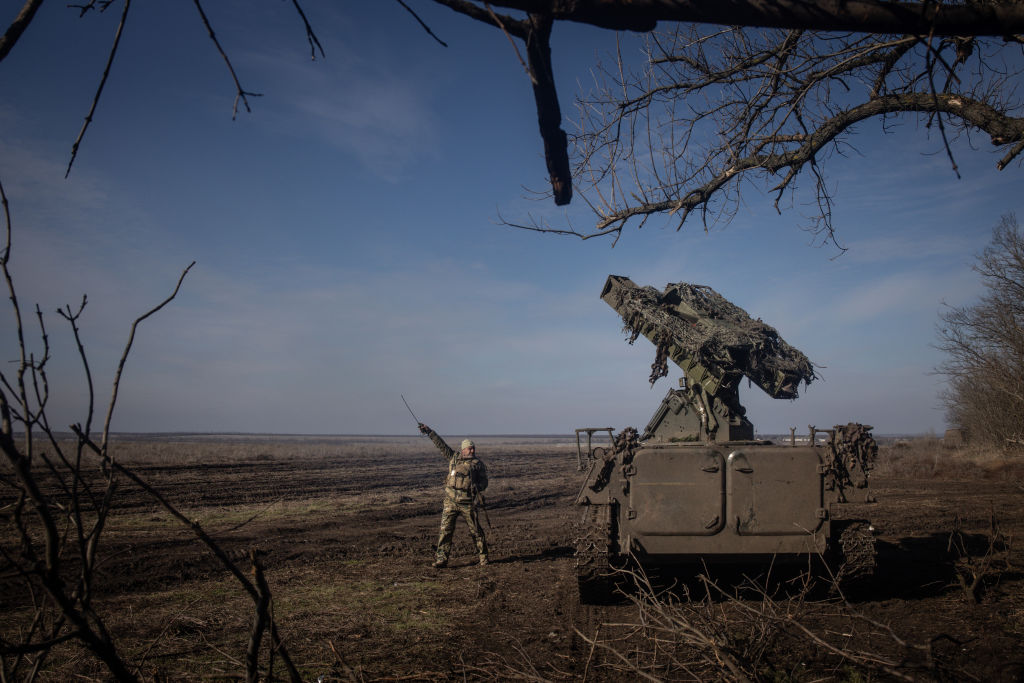








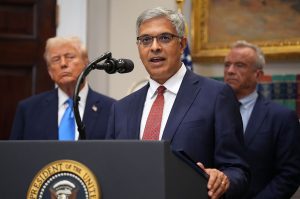

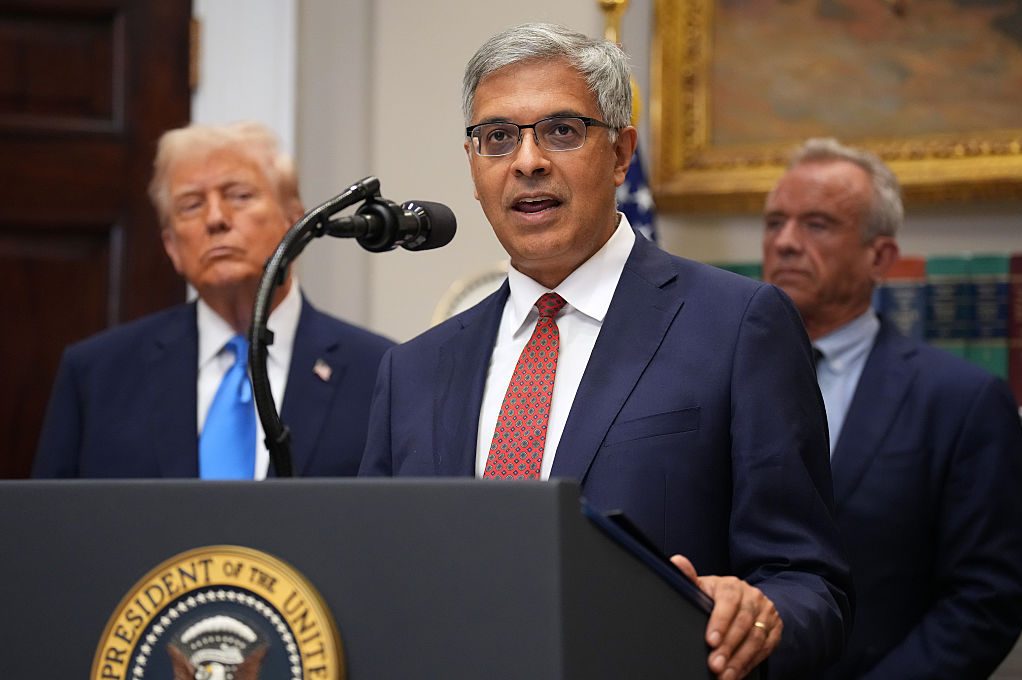
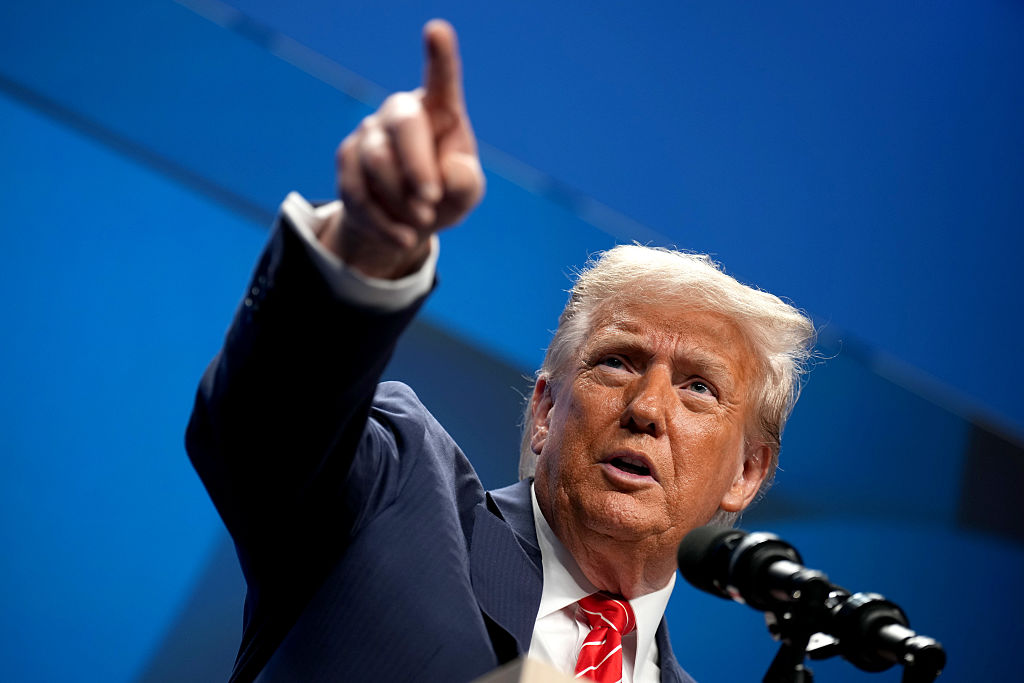
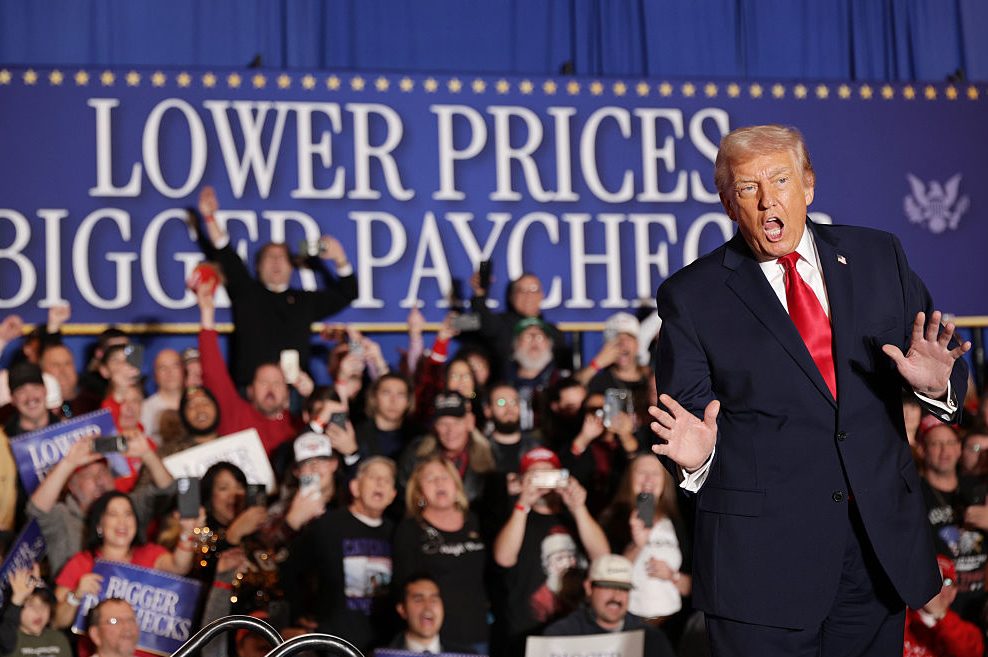
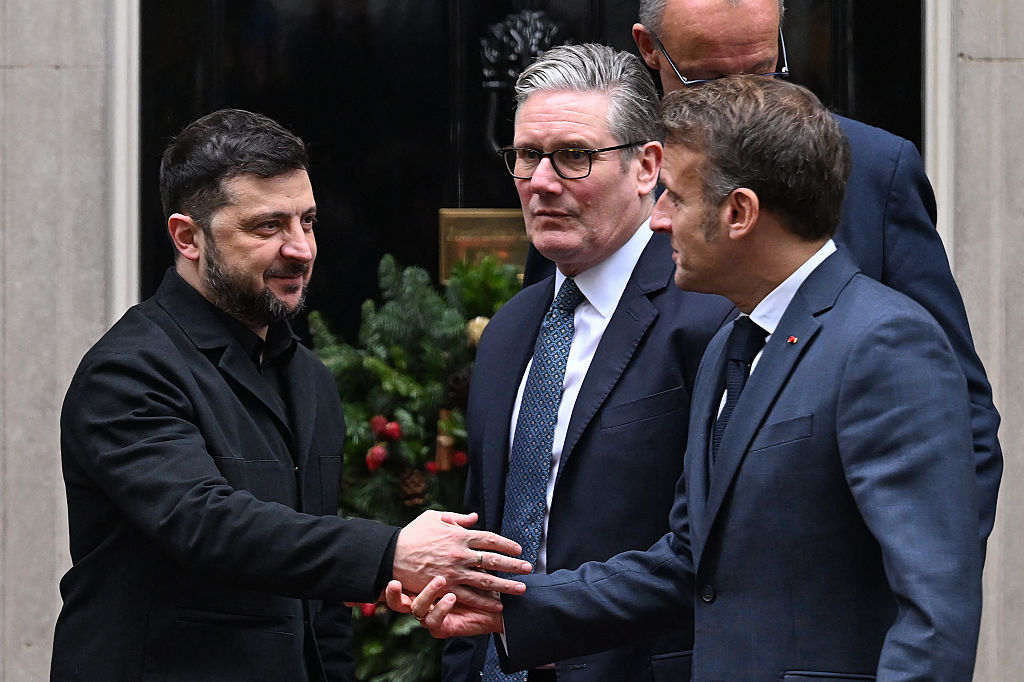
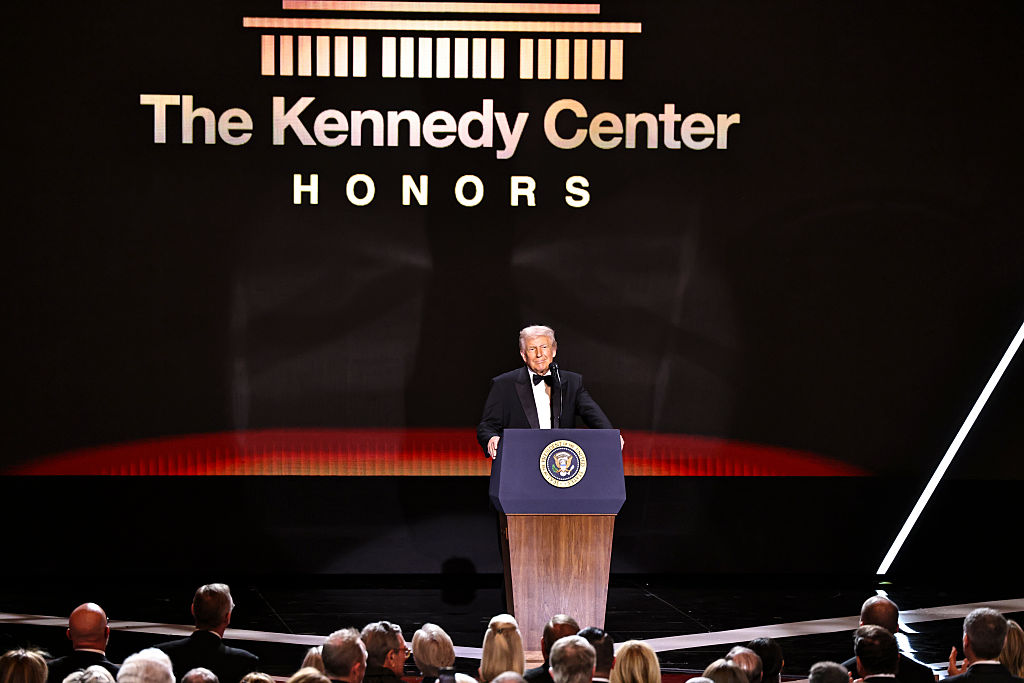







Leave a Reply